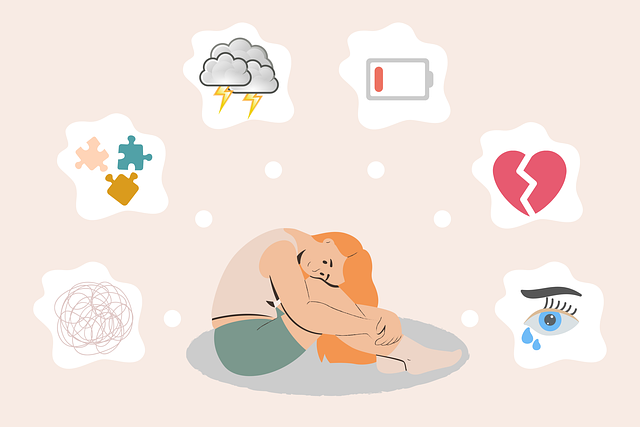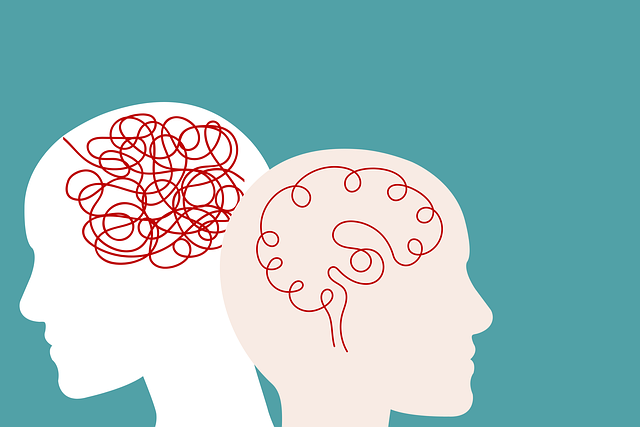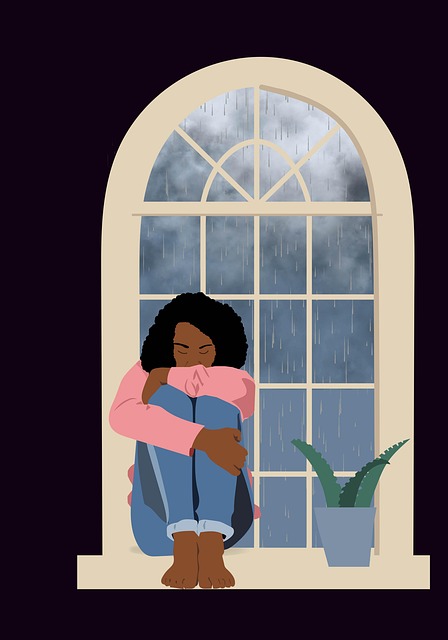Burnout among healthcare providers, particularly at Lone Tree Adolescent and Teen Therapy, is a pressing issue caused by heavy workloads, long hours, and high-stress situations. To combat this, the therapy center emphasizes stress reduction methods tailored to individual needs, cultural sensitivity in mental healthcare, and open communication about workload. They aim to create a supportive environment fostering resilience and well-being for both therapists and the young people they serve. By prioritizing self-care, open dialogue, regular wellness programs, and peer support, Lone Tree Adolescent and Teen Therapy leads the way in preventing burnout, enhancing job satisfaction, and improving patient outcomes.
“Healthcare provider burnout is a growing concern, particularly within specialized settings like Lone Tree Adolescent and Teen Therapy. This article explores comprehensive strategies to combat burnout, focusing on understanding its root causes and signs. We delve into creating supportive work environments, emphasizing self-care practices essential for resilience. Additionally, it highlights the critical role of fostering mental well-being cultures within healthcare organizations, drawing insights from Lone Tree’s experience in preventing and managing burnout among their dedicated staff.”
- Understanding Burnout: Recognizing the Signs and Causes at Lone Tree Adolescent and Teen Therapy
- Creating a Supportive Work Environment: Strategies for Healthcare Providers
- Self-Care Practices for Resilience Against Burnout
- Fostering a Culture of Mental Well-being in Healthcare Organizations
Understanding Burnout: Recognizing the Signs and Causes at Lone Tree Adolescent and Teen Therapy

Burnout among healthcare providers, particularly at Lone Tree Adolescent and Teen Therapy, is a growing concern that requires proactive measures. Recognizing burnout early is crucial for maintaining a healthy work environment. Common signs include emotional exhaustion, depersonalization, and reduced personal accomplishment—a triad of symptoms outlined by the World Health Organization. At Lone Tree Adolescent and Teen Therapy, we acknowledge that these can stem from various factors such as heavy patient loads, long hours, and high-stress situations.
To combat burnout, our therapy practice emphasizes the importance of stress reduction methods tailored to each individual’s needs. This includes incorporating Cultural Sensitivity in Mental Healthcare Practice, ensuring therapists feel supported and valued. We encourage open communication about workload and offer resources for effective stress management. By prioritizing these aspects, Lone Tree Adolescent and Teen Therapy strives to foster a resilient and fulfilling work environment that benefits both therapists and the young people they serve.
Creating a Supportive Work Environment: Strategies for Healthcare Providers

In the high-pressure world of healthcare, preventing burnout among providers is paramount to ensuring quality patient care. Creating a supportive work environment plays a crucial role in this effort. Organizations like Lone Tree Adolescent and Teen Therapy can lead the way by fostering a culture that prioritizes mental wellness coaching programs development and compassion cultivation practices. These strategies not only promote healthy work-life balance but also enhance job satisfaction, leading to better retention rates and improved patient outcomes.
By implementing policies that encourage open communication, regular debriefing sessions, and providing access to resources for stress management, healthcare facilities can significantly mitigate burnout risks. Additionally, recognizing and rewarding staff efforts, fostering a collaborative spirit, and ensuring reasonable workload distribution are effective ways to create an environment where providers feel valued and supported. These proactive measures are essential components of comprehensive burnout prevention strategies for healthcare providers.
Self-Care Practices for Resilience Against Burnout

In the high-pressure environment of healthcare, burnout is a significant concern for providers, especially those working with adolescents and teens like those at Lone Tree Adolescent and Teen Therapy. To combat this, prioritizing self-care practices is paramount. This includes setting clear boundaries between work and personal life, ensuring adequate sleep, engaging in regular physical activity, and adopting positive thinking strategies to manage stress. Cultivating a robust self-care routine enhances resilience against burnout, allowing healthcare providers to maintain their well-being while delivering high-quality care.
In addition to individual practices, community outreach program implementation can play a vital role in promoting self-care. These programs can offer support networks, mental health resources, and educational opportunities tailored to the unique challenges faced by healthcare professionals. By fostering a sense of belonging and providing tools for stress management, community outreach initiatives contribute to a more resilient and satisfied workforce, reducing the risk of burnout in the long term.
Fostering a Culture of Mental Well-being in Healthcare Organizations

In healthcare organizations, fostering a culture that prioritizes mental well-being is essential to prevent burnout among providers. Lone Tree Adolescent and Teen Therapy emphasizes the importance of creating an environment where staff members feel supported, valued, and empowered to seek help when needed. This can be achieved through various initiatives such as promoting open conversations about mental health, implementing regular check-ins with wellness programs, and encouraging peer support networks. By integrating Cultural Sensitivity in Mental Healthcare Practice, organizations can ensure that all employees feel seen and heard, regardless of their background or identity.
Additionally, community outreach program implementation plays a significant role in fostering well-being. Public awareness campaigns development can help reduce the stigma associated with mental health issues, encouraging both patients and healthcare providers to seek support. Organizations should actively engage in these efforts to create a holistic approach that not only addresses individual burnout but also strengthens the overall resilience of the healthcare community.
Burnout among healthcare providers is a growing concern, but with the right strategies, it can be mitigated. By understanding burnout’s signs and causes, as highlighted by Lone Tree Adolescent and Teen Therapy, organizations can create supportive work environments. Encouraging self-care practices and fostering a culture of mental well-being are essential steps towards resilience. Implementing these strategies not only benefits individual healthcare providers but also enhances patient care and organizational success, ensuring a more sustainable future for the healthcare industry.








